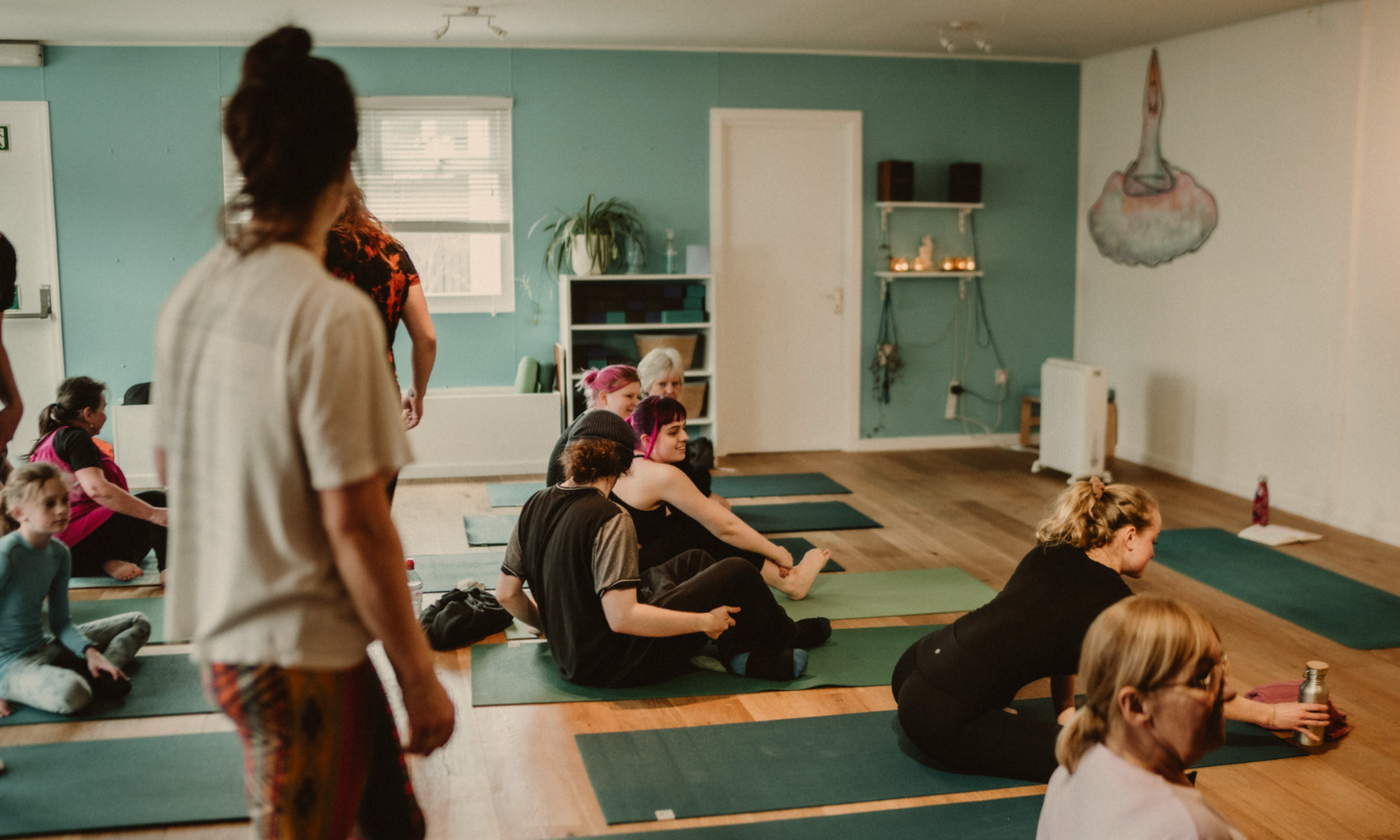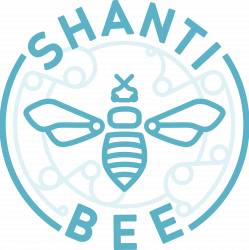Bringing up a human on your own is no small feat.
Two years and eight month is one hell of a force and this is just the beginning.
It’s a precious time. I’m inspired by other wonderful mothers reminding me every moment with our children is golden.
Through all the inspirational social posts and unforgettable moments with my daughter the gritty reality of being a self-employed single mum exists, and that is not always so precious.
It can be lonely and isolating, boring and frustrating and near impossible to work in the evenings (as a yoga teacher) without enduring a logistical nightmare. It’s tiring, uncertain and scary. Social activities (other than play dates) can be challenging and dating is a nightmare, thus far.
I’m thankful, but then there are those days.
Days when.
I just really feel alone with it all.
She is the child screaming that won’t get in or out of the car.
Getting us both ready in the morning can take hours and that’s if I work like an absolute machine.
The one with the really snotty nose, unbrushed hair, one shoe on (because she just keeps talking them off!)
As she screams “I am not your friend” at the top of her voice I take a deep breath as a little part inside me screams, squirms and struggles.
The one that twats me, full force (it’s not so hard) in the supermarket because I put the broccoli in the trolley instead of passing it to her first, then she breaks down.
Then she falls asleep at 4pm, wakes at 6pm and won’t fall back to sleep until 11pm, with me – believe me I aim for routine – but things don’t often, or ever go as planned with a toddler.
It is just a phase and each is pure magic.
Writing these moments down, as I re-read them they sound like child play and I think. “How did I feel so low over that.”
Raising a child alone was not something I was ready for. I’d not change it for anything. It’s incredible, she is the best and most important person in my life and brings me so much joy.
As I remind myself, “I’m exactly where I’m meant to be.”
Honestly, in the next moment as she tips me over my edge with what it retrospect would be the smallest of things at the time I’m thinking “how the very fuck am I here”.
I’m the mum that counts to five hoping it will work (it rarely does).
The mum that let’s her child watch nursery rhymes, and in desperate times Peppa Pig if it means that she eats what I’ve made and I get a minute to brush my teeth, check my messages or just stare at a wall for a second in silence happy that she is eating her food.
The mum that gives my child all the experiences I possibly can. The mum that has no qualms (anymore) if she climbs into bed with me every night, it’s lush (even if the first thing she does in the morning is cry or refuse to wake up when we have no time at all before leaving the house).
As we sit on a field, or beach, or the garden for hours dancing and singing or role play I see her cool little character beaming out at me and I’m filled with so much love I forget all the screams and exhaustion.
The mum that’s proud to sit and play, anywhere at any time, when I have the capacity too.
The mum that accepts sometimes I will be on my phone when she is around, sometimes I do have to tell her “babe mummy needs to work”, sometimes I will have to put my stuff first.
We don’t plan to be single mums so the responsibility of a child 24/7 is intense.
I’m for ever adjusting life, plans, my emotions and my relationships with others. Accepting changes as they come and planting new seeds with hope.
Understanding that people, even those close to me, might never fully understand.
Being a single mum won’t prevent me and my daughter from from having amazingly experiences in life. Recently I felt the strain, the financial restrictions – from time to time a misunderstanding gaze of someone who judges me in the street and I feel like shouting “I have her all the time. Don’t judge me in this moment for being on my phone, or rolling my eyes or handing her a vegan sausage roll because I didn’t have time or the capacity to make a packed lunch.”
But of course I don’t, I swallow my thoughts and know my own truth.
It’s tough and it’s unexplained and really unless you’ve been through it, you have no idea how many plates us mums (single or not) are having to hold, how tired we are, how many times we’ve cried simply because we feel overwhelmed, unsupported, misunderstood or unheard.
How many people we try and keep ‘happy’ or how many people we upset in the decisions we make, which are our decisions to make.
How hard it is to carry other peoples anger – this is one of the hardest for me.
I’m over what happened to me, in my separation, and wish those who loved me would let it go too and stop feeling hating someone for what happened to me.
It was hard for me and I’m sure others to let go of the idea of a ‘happy family unit’, I mourned it for a long time knowing I had to commit to a new life which put so much onus on me.
It’s easy to be stuck with grief, to hold onto the toxic emotions we find in these circumstances. Even in grief we can feel isolated.
Your not the only person going through what you are going through.
I’m thankful for the groups I’ve found in organisations like Women’s Aid and support I received from Changing Lives in Newcastle upon Tyne. I’m thankful for the mothers I know. I’m thankful for the journey.
There are so many layouts of single mum-dom.
Many I’ve not even tasted yet. Some I hope I never have too.
There’s so many single mums out there.
If you know a single mum don’t expect her pot to be full.
In fact, a lot of the time she likely to be running on empty.
If you are a single mum who like me, struggles from time to time.
Know that you are stronger than you know and have so much knowledge inside you to pass down to your child.
Be part of your community, attend classes and well-being activities with your child, do those things that will fill both of your pots when ever you can.




